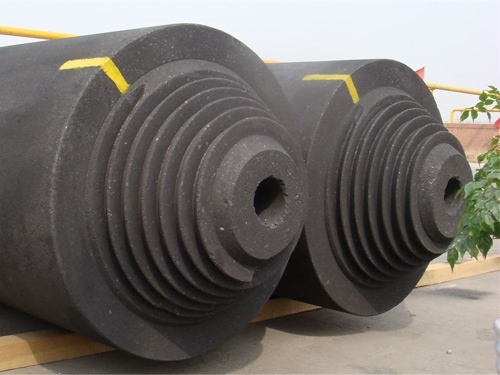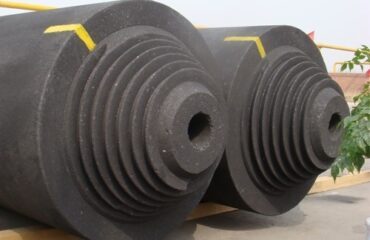
Global Network Technology Comprehensive Report] The British automotive information website “AutoCar” recently reported that a French technology company “NAWA Technologies” announced that the “ultra-high-speed carbon electrode” developed by the company has matured and entered the stage of marketization. NAWA believes that the new carbon electrode technology will bring “revolutionary improvements in power, energy, life cycle and charging time” for new energy vehicle battery packs.
It is reported that this “ultra-high-speed carbon electrode” technology, NAWA called it “evolution of electrical conductors”, is a “terminal” medium that exists between two media for current to pass. NAWA revealed that the technology is based on The company’s “supercapacitor same vertical arrangement of carbon nanotube technology” researched and developed. The focus of this research is on the way the active material is held in the electrode and the route of travel when the ion transfers the charge.
Take the current typical activated carbon electrode as an example, which is mainly composed of a mixture of powder, additives and binders. In the case of carbon nanotubes, they are usually glued in the form of “tangled spaghetti” to provide a random, chaotic, and often blocked path for current-carrying ions, or flow under load Collector.
In addition, NAWA’s vertical arrangement of carbon nanotubes can create a comb-like cathode or anode structure, which can grow hundreds of billions of straight, highly conductive nanotubes per square centimeter. When these carbon nanotubes are coated with active materials and connected with electrodes, they can become a medium through which electric current passes. Compared with traditional electrode media, carbon electrodes can greatly reduce the distance that charges need to travel to enter or leave the battery, thereby effectively improving battery power and charging speed.
Pascal Boulanger, NAWA founder and CEO, said: “With this new solution, lithium ions only need to move a few nanometers on the material instead of a few micrometers for conventional electrodes.”
“AutoCar” commented that thanks to the ultra-light nano-stents, and less adhesive and additive voids, the new energy vehicle battery body can also be lighter and more compact. In addition, the rigid nanotube array and the wide surface area can greatly alleviate the performance degradation caused by time.
According to reports, through cooperation with lithium battery companies, NAWA plans to adopt this new technology for battery products that can be officially mass-produced and carried on a large area from 2022 to 2023.

